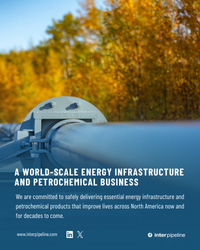The immense Montney Formation in Western Canada is almost equally divided between the two provinces of Alberta and British Columbia. However, on either side of the provincial border there are stark differences in the number of wells drilled, well length, well productivity, and natural gas production. All these differences have resulted in Alberta being the much smaller player in the Montney gas story, with production from its side of the formation only helping to hold the line on Alberta’s total gas output in the past few years. Today, we continue our Montney analysis by looking at gas well trends on the Alberta side of this prolific formation.
For nearly 100 years, Alberta has been the leading source of Western Canada’s natural gas supplies. Previously supported for many decades by production from conventional shallow gas wells, the province’s gas output has been steadily pivoting away from the shallow wells since the early 2000s, and toward wells that tap unconventional, gas-rich formations such as the Montney. These wells, which employ horizontal drilling and multi-stage completions to unlock their immense productivity and reserves, have come to play a growing role in Alberta’s natural gas supply picture, and for Western Canada’s gas supplies in general.
In Part 1, we provided a brief primer on the Montney, the massive formation spanning parts of Alberta and British Columbia (BC) and which covers about 50,000 square miles (yellow bordered area Figure 1), or roughly about two-thirds the size of the Permian Basin in Texas and New Mexico. The Montney’s reserves as of 2019 were pegged at 576 Tcf, roughly split as 342 Tcf in BC and 224 Tcf in Alberta. The Montney’s gas production trend has seen its output rise from zero in 2005 to more than 7 Bcf/d as of February 2021, or just over 45% of total gas production in Western Canada in that month. We also noted that the Montney has been the sole source of the increases in Western Canadian gas supply since 2014.
Join Backstage Pass to Read Full Article










